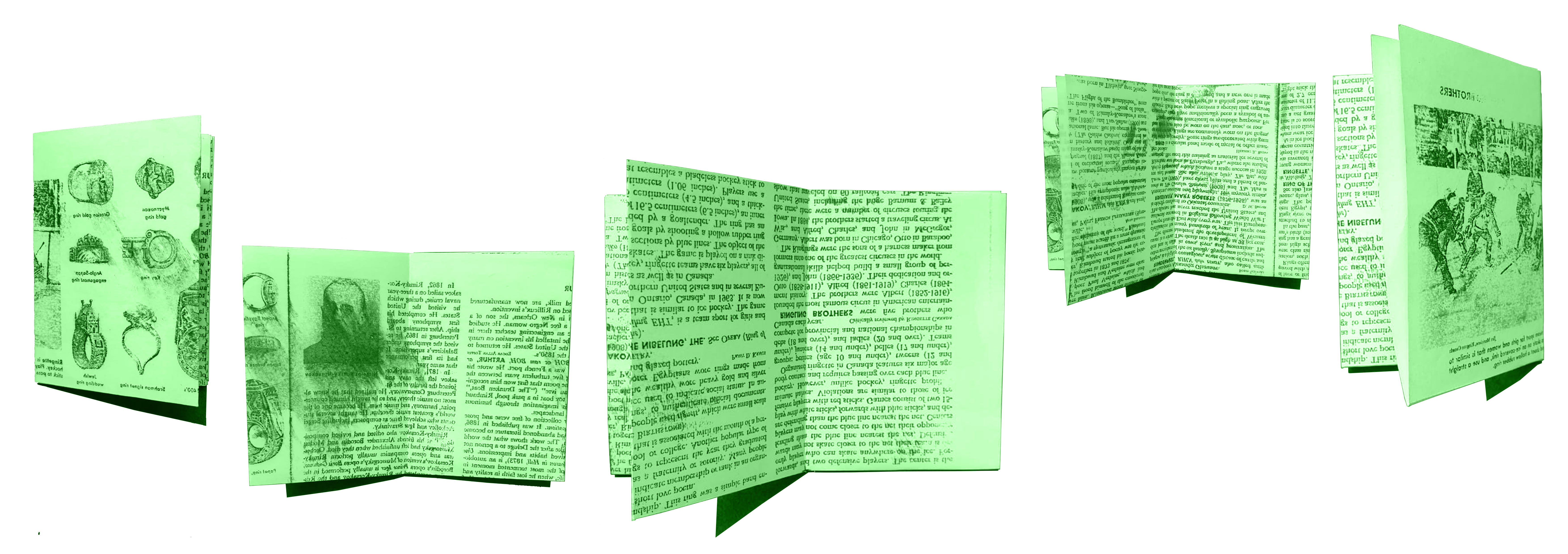
IDEA BOOKS
The idea book is formless, it is a refuge, a home for the various practices and scholarly, academic and design led investigations undertaken at SEA. It is an effort to collect and archive these investigations and a device to explore the ways in which we ask questions.
Printed work produced by academic institutions has largely taken the shape of reportage and been housed in papers, journals and reports. The conception of the idea book comes from a need to rethink the accepted conventions of the representation of academic effort.
Printed work produced by academic institutions has largely taken the shape of reportage and been housed in papers, journals and reports. The conception of the idea book comes from a need to rethink the accepted conventions of the representation of academic effort.
At this point, the acceptance borders on resignation and the idea book tries to cut through these limits in defiance of the listless notion of the work as an autonomous / archetypal entity.
It seeks to be several things - fiction, a manual of instructions, a collection of recipes, a companion book to texts, an encyclopedia, an annotated sketchbook, experimental writings - and it uses the tropes and the existing / embedded structure of these borrowed forms to shape and challenge the body of work to be presented. It can be disorderly and unreliable, partly narrativise an otherwise grounded research, as well as be extremely preoccupied with detail and structure and accuracy and cohesion.
It seeks to be several things - fiction, a manual of instructions, a collection of recipes, a companion book to texts, an encyclopedia, an annotated sketchbook, experimental writings - and it uses the tropes and the existing / embedded structure of these borrowed forms to shape and challenge the body of work to be presented. It can be disorderly and unreliable, partly narrativise an otherwise grounded research, as well as be extremely preoccupied with detail and structure and accuracy and cohesion.
The indeterminacy of its design is to allow it to explore abstractly, think abstractly and mutate and occupy several shapes and provoke new articulations of the work and new responses among a readership
It is meant to deepen the reflection on the work and be a lens and an anchor both. It is playful and explanatory and makes intelligible the inquiry that the study sets up. The layer of the idea book is as much about careful observation as it is about undaunted exploration of possibilities within the assigned territory. The world of the book is a structured whole, in which multiple forms meet and merge and mutually reinforce one another in unanticipated and compelling ways.
It is meant to deepen the reflection on the work and be a lens and an anchor both. It is playful and explanatory and makes intelligible the inquiry that the study sets up. The layer of the idea book is as much about careful observation as it is about undaunted exploration of possibilities within the assigned territory. The world of the book is a structured whole, in which multiple forms meet and merge and mutually reinforce one another in unanticipated and compelling ways.